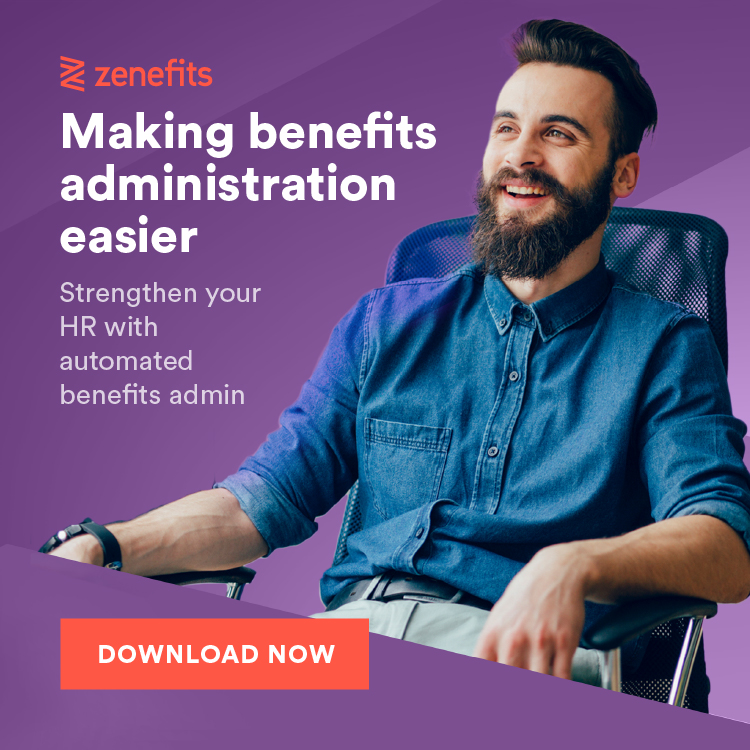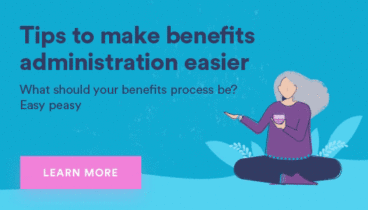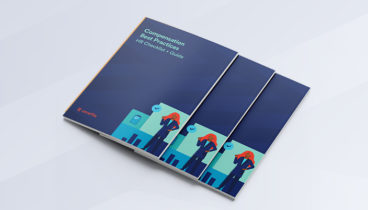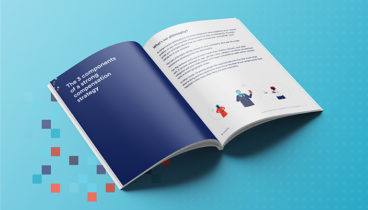Safe Harbor 401(k) plans allow employers to automatically satisfy some IRS non-discrimination tests — and help their employees save for retirement.

Want to dive deeper? Listen or watch this episode of the POPS! The People Ops Podcast with Richard Lane, Partnerships Manager at Guideline — a FinTech retirement platform.
Listen:
Saving for retirement is a top priority for many employees, and a 401(k) plan is a benefit that many seek out from their employers. However, according to a recent AARP article 48% of Americans 55 and older have zero retirement savings — leading to a retirement crisis.
This crisis is even more drastic for small businesses in the United States. There are more than 5.8 million U.S. small businesses — defined as one to 99 employees in — that employ 42 million people. 90% of those businesses do not offer a 401(k) plan.
When you look at small businesses as a whole, they make up 99.7% of all employers in the country. There’s a huge retirement gap especially for the small business workforce.
As a small business employer, offering a 401(k) plan makes it easier for your employees to save for retirement. Keep reading to find out all about a unique type of plan — called the Safe Harbor 401(k) plan — and how it can benefit your employees and business.
What’s a Safe Harbor 401(k) plan?
A safe harbor 401(k) plan ensures all eligible plan participants receives contributions from their employer. Since businesses who offer this plan provide a fixed employer contribution, they get to automatically satisfy most 401(k) nondiscrimination testing. The IRS conducts this type of testing on 401(k) plans to ensure they’re equitable to all employees.
IRS nondiscrimination testing
There are 3 main tests that the IRS requires to help ensure that 401(k) plans benefit both employers and employees:
- The Actual Deferral Percentage (ADP) test. This test measures measures how much income your highly compensated employees (HCEs) contribute to their 401(k). An HCE is someone who either makes more than $135,000 a year, or owns more than 5% of the business.
- The Actual Contribution Percentage (ACP) test. This is similar to the ADP test, but measures the amount of employer matching contributions that go into the highly compensated employee accounts as compared to everyone else.
The 3rd test, the Top-Heavy test, looks at the individuals the IRS defines as “key employees” and measures the value of the assets in their 401(k) accounts in a given year as a total percentage of assets in the company’s 401(k). A key employee is an officer:
- Earning over $200,000 in 2022
- Who owns more than 5% of the business, or
- Who owns more than 1% of the business and earns over $150,000 a year
If your plan fails any of these tests, you’ll need to fix the issues quickly or risk your plan losing its qualified status (and getting stuck with a hefty tax bill).
So how do you help ensure your plan remains compliant with these nondiscrimination tests? Here’s where a safe Harbor 401(k) can assist you in avoiding the uncertainty surrounding annual testing.
What’s your biggest 2022 HR challenge that you’d like to resolve
Answer to see the results
How do Safe Harbor 401(k)s work, and what are their benefits?
Safe Harbor plans require companies to contribute to their employees’ 401(k) accounts. But in exchange, these plans get safe harbor and automatically satisfy some IRS non-discrimination tests — which can mean fewer headaches for small business owners and more savings for everyone.
Safe Harbor plans require that you contribute to your employees’ 401(k) accounts through one of the following:
- An employer match
- A non-elective contribution
The employer match is typically a 4, 5, or 6% employer match. The non-elective contribution is typically a 3% flat contribution to all eligible employees, regardless of how much they’re contributing to their accounts. Safe Harbor employer contributions typically must be 100% vested, immediately.
Safe Harbor plans require companies to contribute to their employees’ 401(k) accounts. But in exchange, these plans get safe harbor and automatically satisfy some IRS non-discrimination tests.
2022 deadline
If you want to set up a new Safe Harbor plan with a 2022 start date, consider these important dates.
1. New Safe Harbor 401(k) plans
- By September 1, 2022: If you’ve set up a Safe Harbor plan, send a 30-day notice to employees by this date (this is only required if you’re making a matching contribution).
- October 1, 2022: Safe Harbor 401(k) plan is effective and most nondiscrimination testing will be deemed passed for 2022.
2. Safe Harbor Match plans
With the Safe Harbor match, eligible employees must receive notice 30 days before the plan starts, and initial coordination can take a few days. So, if you’re considering a Safe Harbor plan, time is of the essence.
Key dates:
- By or before November 18, 2022: Request the addition of a Safe Harbor provision to your 401(k) plan for the following year.
- December 1, 2022: You must send 30-day notices to employees.
- January 1, 2023: Safe Harbor provision takes effect for 2023.
A Safe Harbor 401(k) plan can help you get your retirement savings program up and running quickly — and help your team save even more for their future. To find out more information about Safe Harbor 401(k) plans, check out Guideline or schedule a free call with a retirement specialist.
Disclosure: The information provided herein is general in nature and is for informational purposes only. It should not be used as a substitute for specific tax, legal and/or financial advice that considers all relevant facts and circumstances. You are advised to consult a qualified financial adviser or tax professional before relying on the information provided by our partner.







